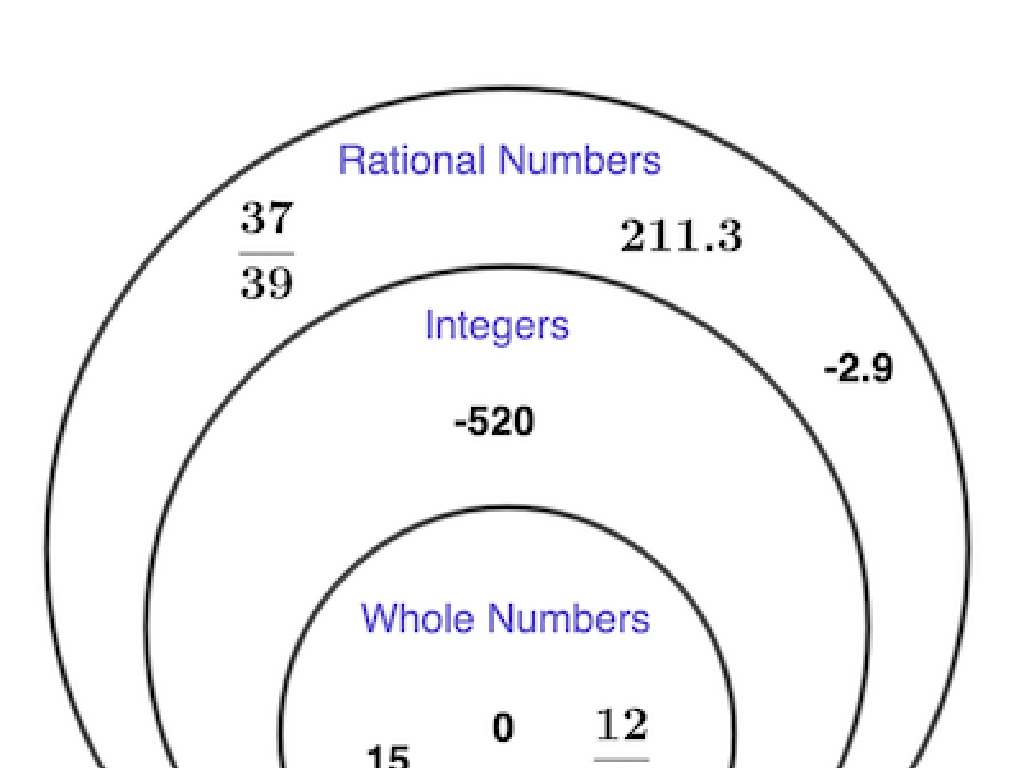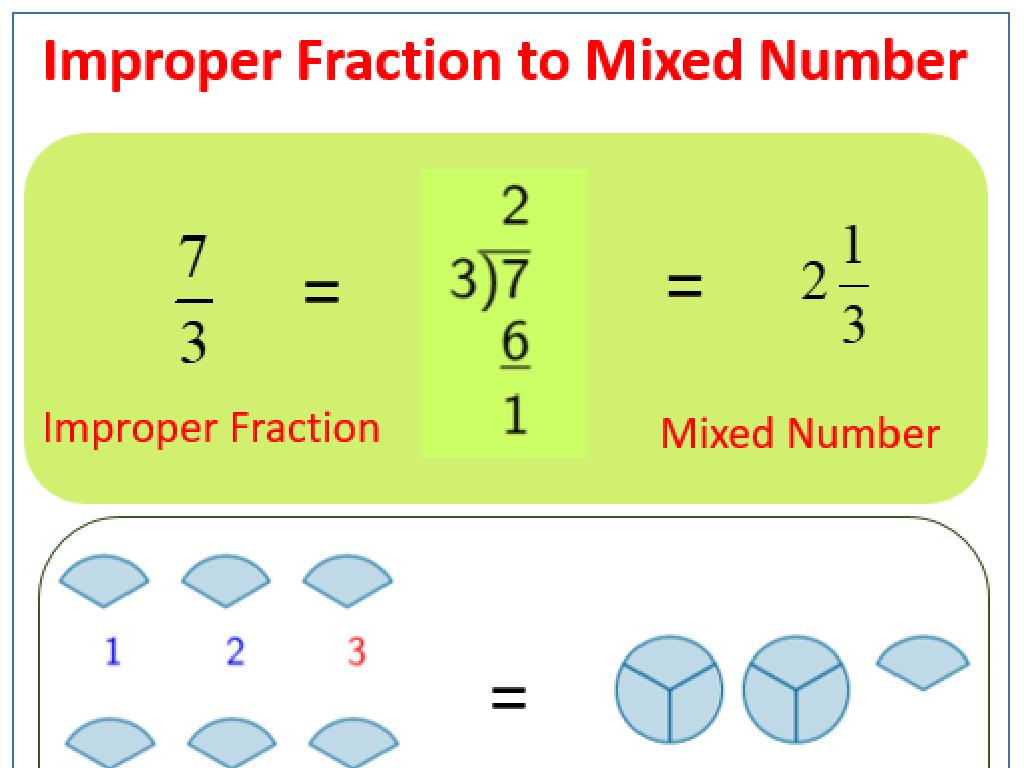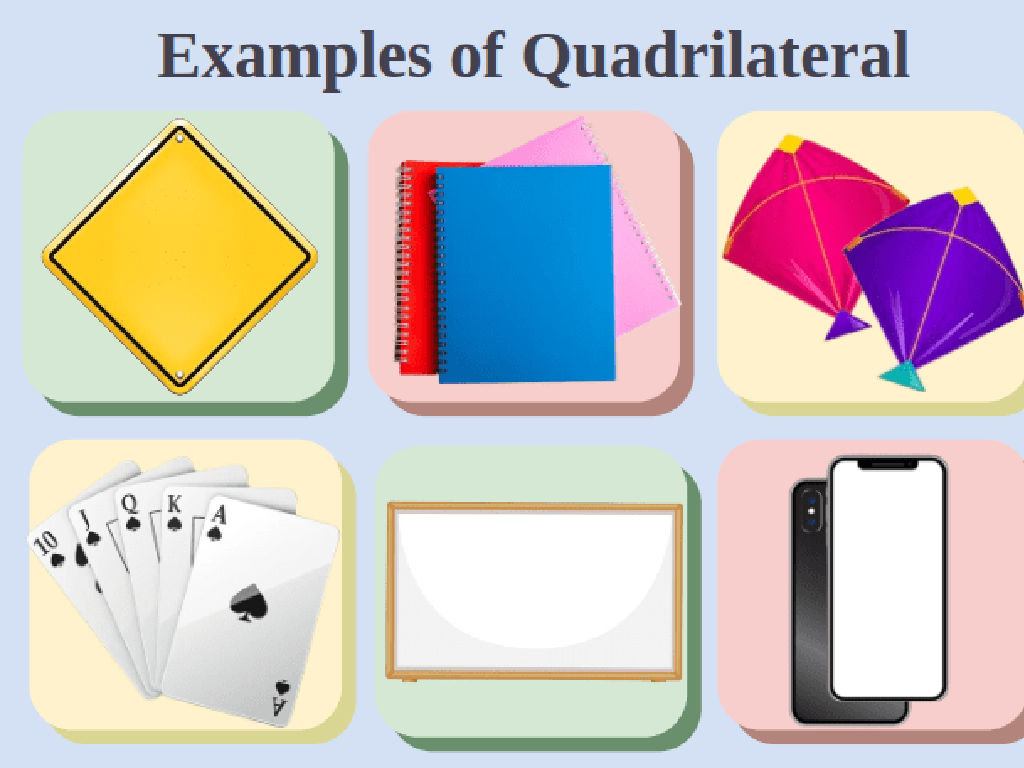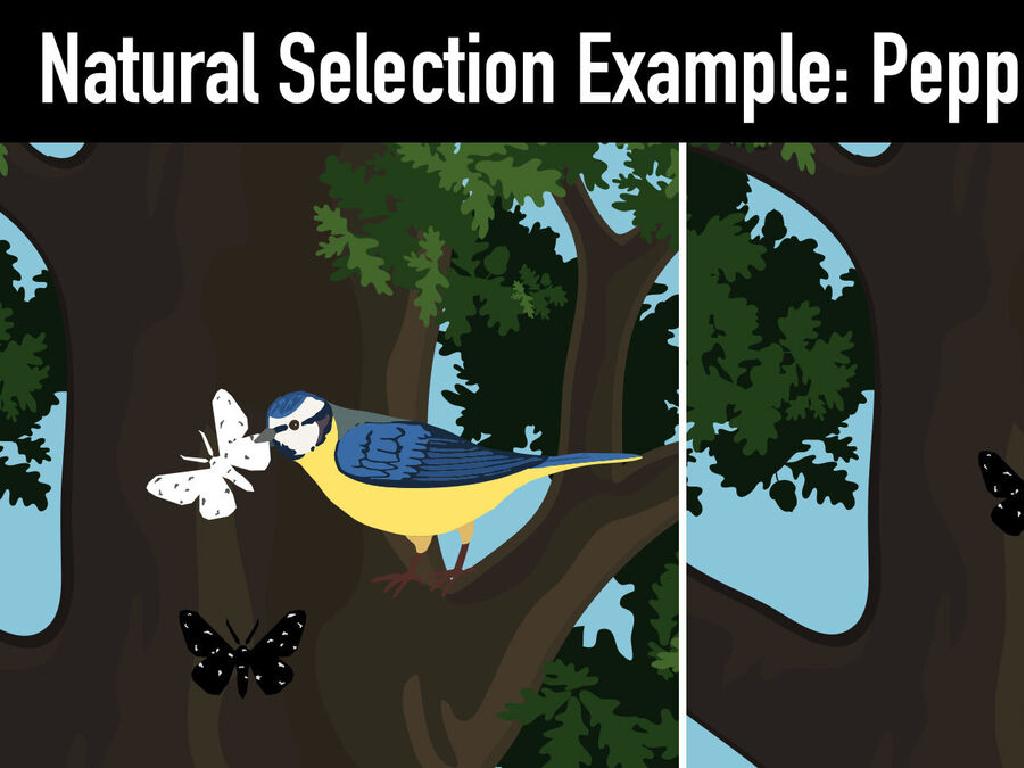Correct Errors With Signs
Subject: Language arts
Grade: Fourth grade
Topic: Editing And Revising
Please LOG IN to download the presentation. Access is available to registered users only.
View More Content
Correcting Errors with Signs
– Why editing is key
– Editing improves clarity and correctness.
– ‘Signs’ in writing
– Signs are symbols that show mistakes.
– Spotting the signs
– Look for signs like *, #, or ^ in your drafts.
– Practice makes perfect
|
This slide introduces the concept of editing and revising, focusing on the use of signs to indicate errors. Emphasize the importance of editing as a way to make writing clear and error-free. Explain that ‘signs’ are symbols or marks used by writers and editors to point out where changes are needed in a text. Teach students to recognize common signs used in editing and to understand what each sign means. Encourage them to practice by looking for these signs in their own writing and making the necessary corrections. This will help them become more independent in the editing process and improve their writing skills.
The Art of Editing: Becoming a Writing Detective
– Editing: Your writing detective work
– Just like detectives find clues, we find and fix mistakes in our writing.
– Search for clues to improve writing
– Look for spelling, grammar, and punctuation errors.
– Editing makes ideas clear and correct
– Clear writing helps share our thoughts exactly how we want to.
– Practice makes perfect editors
|
In this slide, we introduce the concept of editing as a crucial part of writing. Explain to the students that editing is like being a detective, where they must look for clues, which are mistakes in their writing, to make it better. Emphasize that by finding and correcting these mistakes, they can communicate their ideas more clearly and effectively. Encourage them to understand that everyone makes mistakes, and editing is how we fix them. Provide examples of common errors to look for, such as misplaced commas or misspelled words. Let them know that with practice, they will become expert editors of their own work.
Understanding Common Editing Signs
– ‘Caret’ (^) symbol for insertion
– Use ^ to show where to add text, like a missing word or letter
– ‘Strike-through’ for deletion
– Draw a line through text that should be removed
– ‘Three lines’ for new paragraph
– Draw three lines under a sentence to start a new paragraph
– Practice using editing signs
|
This slide introduces students to the basic editing signs used in revising written work. The caret (^) is used to indicate where additional text should be inserted into a sentence. The strike-through is a way to show which text should be deleted or removed. The three lines, often drawn as ‘///’, signal that a new paragraph should begin. Encourage students to practice using these signs by editing a sample paragraph in class, allowing them to become familiar with marking corrections on paper. This activity will help them understand the importance of clear communication in the editing process and prepare them for peer review exercises.
Let’s Practice Editing Signs!
– Spot the error in the sentence
– ‘The cat blue eats fish.’ – What seems odd?
– Learn about the ‘caret’ sign
– A ‘caret’ (^) shows where to add words
– Correct placement of words
– ‘The cat ^fish blue eats fish.’ – Now it’s right!
– Practice makes perfect
|
This slide is aimed at teaching students how to use editing signs, specifically the ‘caret’, to correct sentence structure. Start by presenting the incorrect sentence and ask the students to identify the error. Introduce the ‘caret’ as a tool to insert missing words. Show the corrected sentence and explain why the word order is important. Encourage students to practice with additional examples, and remind them that editing is a crucial step in writing. Provide exercises where they can apply the caret to insert words and improve sentences. Reinforce that making mistakes is a part of learning and that through practice, they will get better at spotting and correcting errors.
Your Turn to Be Editors!
– Pair up and swap stories
– Use editing signs on stories
– Look for misspellings, punctuation errors, and grammar mistakes
– Offer kind, constructive feedback
– Suggestions should be positive and aim to help improve the story
– Remember the editing symbols
– Review symbols like for insert, for delete, and ò for start a new paragraph
|
In this activity, students will practice their editing skills by working in pairs to review each other’s written stories. They will use standard editing signs to indicate corrections and improvements. It’s important to foster a supportive atmosphere where feedback is given in a kind and helpful manner. Teachers should remind students of the various editing symbols and their meanings before they begin. Possible activities include correcting spelling errors, adding punctuation, and improving sentence structure. This exercise not only helps students with their editing skills but also encourages peer learning and collaboration.
Class Activity: Editing Relay!
– We’ll form teams for a relay
– Each member corrects one error
– Pass the paragraph to the next person
– First team to finish editing wins!
|
This activity is designed to make the editing process interactive and fun. Divide the class into small teams, and provide each team with the same paragraph that contains several deliberate errors. Students will take turns identifying and correcting one error before passing the paragraph to the next team member. The first team to finish with all errors corrected wins the relay. Make sure to prepare paragraphs with different types of errors, such as punctuation, spelling, and grammar, to give students a comprehensive editing challenge. Have a few extra paragraphs ready in case there’s time for multiple rounds. This will encourage teamwork and attention to detail in editing.
Conclusion & Homework: Becoming Expert Editors
– Congrats on learning editing signs!
– Homework: Edit a story with 3 signs
– Find a short story and use signs like insert, delete, and capitalize.
– Bring your edited story tomorrow
– Get ready for more editing practice!
|
Well done to all the students for learning how to use editing signs today! For homework, each student is tasked with finding a short story and applying their new knowledge by using at least three different editing signs to correct the text. This could include signs for insertion, deletion, capitalization, or any other sign they’ve learned. Students should bring their edited stories to class the following day, where they will have the opportunity to practice their editing skills further. This exercise will help reinforce their understanding of editing signs and how they are used to improve writing.





